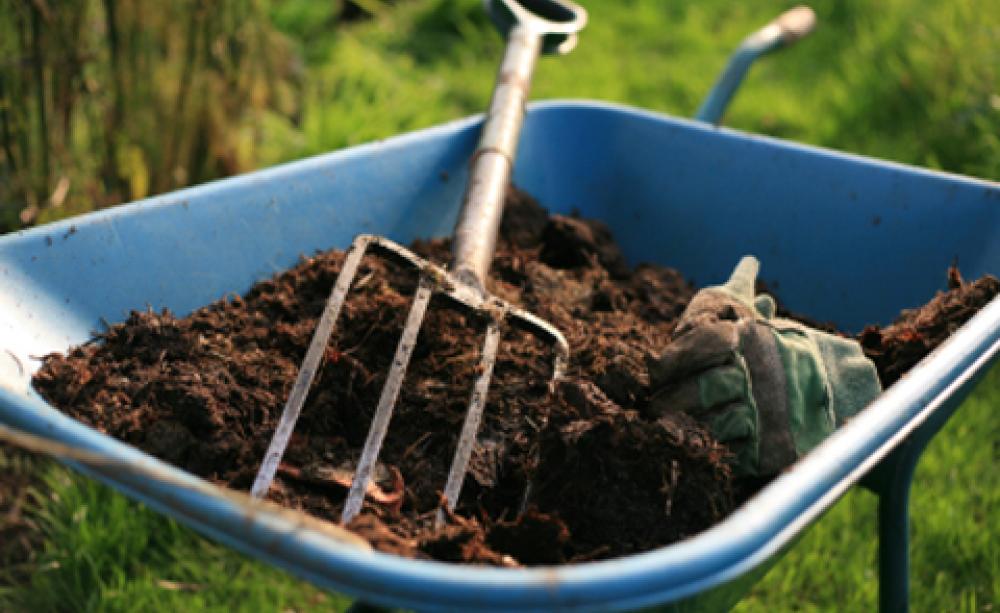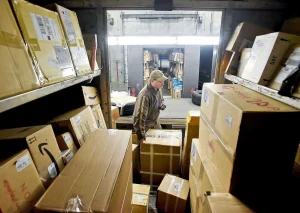How to make your own fertilizer for your business environment

Fertilizer is a key component of any business environment. It is essential for healthy soil, which in turn helps to promote healthy plants and crops. Unfortunately, creating fertilizer from scratch can be expensive, time-consuming, and even dangerous. However, with the right tools and knowledge, you can make your own fertilizer for your business environment in no time at all. This article will provide you with all the information you need to get started.
- Understand the Basics of Fertilizer:
Before you can begin making your own fertilizer, it is important to understand the basics of fertilizer. Fertilizer is a mixture of nutrients that help to promote healthy growth in plants and crops. It includes nitrogen, phosphorus, and potassium, as well as other essential minerals and nutrients. It is derived from naturally occurring potassium-rich deposits that are found in Brazil Potash Amazon basin and other areas.
- Gather the Necessary Materials:
Once you have a basic understanding of fertilizer, you can begin to gather the necessary materials. You will need organic materials such as leaves, grass clippings, and vegetable scraps, as well as inorganic materials such as fertilizer salts, soil amendments, and manure.
- Prepare the Soil:
Before adding any of the materials to the soil, it is important to make sure that the soil is ready to accept the fertilizer. This means that you should test the pH, add any necessary amendments, and loosen the soil. This will help to ensure that the fertilizer is properly absorbed by the soil.
- Create the Fertilizer:
Once the soil is prepared, you can begin to create the fertilizer. Start by adding the organic materials to the soil. This can be done by composting, using anaerobic bacteria, or by using a combination of both. Once the organic materials have been added, you can then add the inorganic materials. This can be done by mixing the salts, soil amendments, and manure with the organic materials.
- Apply the Fertilizer:
Once the fertilizer is created, you can begin to apply it to the soil. Depending on the type of fertilizer you created, you will need to use different methods of application. For example, if you created a liquid fertilizer, you will need to water it into the soil. If you created a dry fertilizer, you will need to spread it evenly over the soil.
- Monitor the Soil:
After the fertilizer has been applied to the soil, it is important to monitor the soil to ensure that the fertilizer is doing its job. You should look for signs of healthy growth, such as green leaves and vibrant flowers. If the plants are not growing as expected, you may need to add more fertilizer or adjust the pH of the soil.
- Adjust the Fertilizer:
If the plants are not growing as expected, you may need to adjust the fertilizer. This can be done by adding more organic materials, such as compost, or by adding more inorganic materials, such as fertilizer salts. You may also need to adjust the pH of the soil, as this can affect how the plants absorb the fertilizer.
Conclusion:
Making your own fertilizer for your business environment is a great way to save money and ensure that your plants and crops are getting the nutrients they need to flourish. With the right tools and knowledge, you can create your own fertilizer in no time at all. So, get started today and enjoy the benefits of homemade fertilizer.







